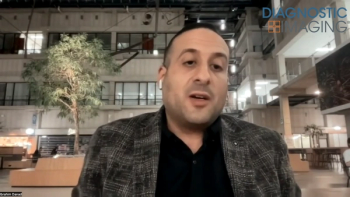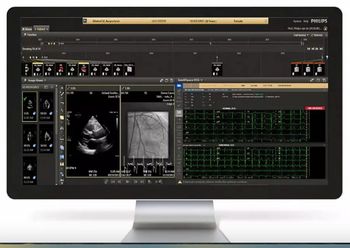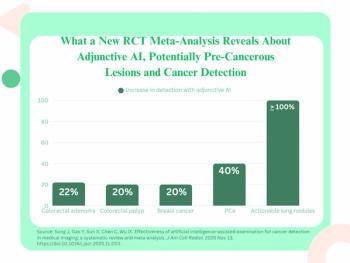
Diagnostic Imaging's Weekly Scan: Jan. 29, 2021
Perivascular Spaces & Dementia; COVID-19 Loss of Smell and Taste; NAFLD & Multi-parametric CT; Plus, Point-of-Care Ultrasound in the Pandemic Era
Welcome to Diagnostic Imaging’s Weekly Scan. I’m senior editor, Whitney Palmer.
Before we get to this week’s featured interview with Dr. Andre Kumar from Stanford University about his use of point-of-care ultrasound during the COVID-19 pandemic, here are the top stories of the week.
The past few months have revealed much about the development of dementia and cognitive decline. This week, in the journal
Have you been wondering about how patients lose their sense of smell and taste during COVID-19 infection? Researchers from Kuwait have provided an answer in their recent publication in
Roughly 25 percent of adults across the globe are living with non-alcoholic fatty liver disease, but being able to identify it is difficult. MR and ultrasound elastography can successfully pinpoint liver stiffness – a surrogate condition for fibrosis – but they can require more expertise and they aren’t widely used clinically. This is where multi-parametric CT comes in, according to researchers from the University of Wisconsin. In an
And, finally this week, Diagnostic Imaging spoke with Dr. Andre Kumar, a hospitalist at Stanford University Division of Hospital Medicine. Kumar is also the co-president of the Society of Hospital Medicine Bay Area Chapter and the director of the medicine consult and procedure service. Given his particular interest in the use of point-of-care ultrasound during the pandemic era, we spoke with him about how he is using the modality, what benefits it has provided over the past year, and what the future holds for implementing the technology both with COVID-19-positive patients and individuals with other medical conditions. Here’s what he had to say.
For more coverage based on industry expert insights and research, subscribe to the Diagnostic Imaging e-Newsletter
Newsletter
Stay at the forefront of radiology with the Diagnostic Imaging newsletter, delivering the latest news, clinical insights, and imaging advancements for today’s radiologists.


























